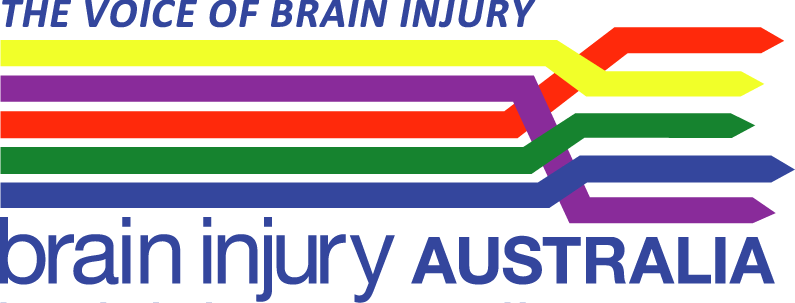c) Hypoxia and anoxia
Hypoxic brain injury is caused by a reduction in oxygen supply to the brain and anoxic brain injury when there is a complete lack of oxygen to the brain. Both conditions can occur despite sufficient blood supply to the brain. The brain consumes 20% of the body's oxygen supply. Brain injury can occur quickly once there is insufficient oxygen being supplied.
Common causes of this type of injury include smoke or carbon monoxide inhalation, high altitude exposure, strangulation, near drowning, failed hangings, overdoses, anaesthetic accidents, a severe asthma attack or heart attack. Hypoxia can also occur as a secondary injury following a traumatic brain injury, for example, when there is serious blood loss resulting in low blood pressure or as a result of brain swelling that restricts oxygen supply to areas of the brain.
Generally speaking, injury will set in after a lack of blood flow to the brain for around three to four minutes, with longer restriction of oxygen leading to more severe brain damage. This is why it is so important the emergency medical team quickly re-establish normal oxygen supply to the brain upon contact. Later a ventilator may be used to maintain breathing and oxygen in the intensive care unit.
More information
Brain Foundation Victoria Hypoxia -
common causes, symptoms and treatment: Fact Sheet ![]()
Los Angeles Caregiver Resource Center Fact Sheet Hypoxic/Anoxic: Fact Sheet![]()

